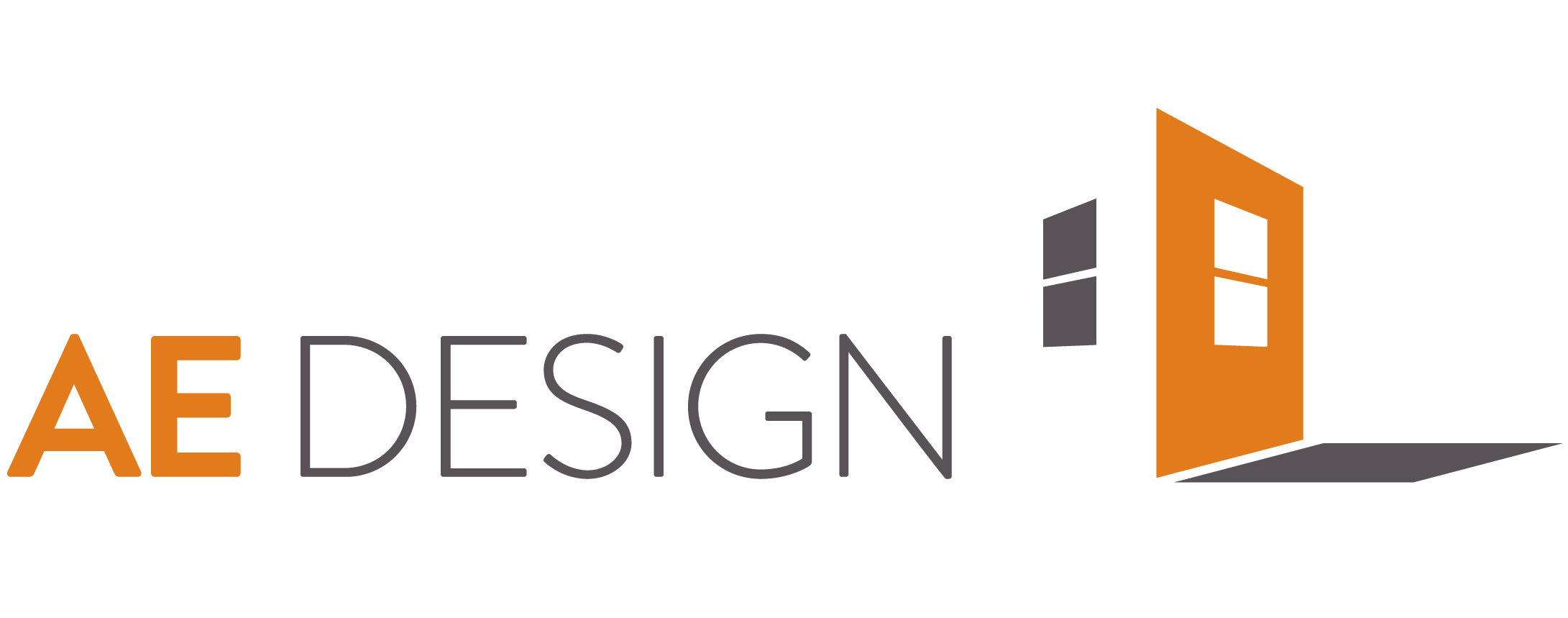Experiential Design - Visual, Auditory
Our perception is very much our reality. Meaning that the way that you interact with something begins to help you formulate your own narrative behind what is happening in the world around you. This is the basis of experiential design. Designers create a world and a loose narrative into which guests enter. From there, a guest may interact with an environment and immerse themselves in the space around them. People formulate their own narratives based on their perception and their interactions in the designed world. Experience design has the capability to activate all of the senses… not just sight and hearing, but also taste, smell, touch, preconception, balance, time, and certainly emotion. Experience design tells a story and persuades the participation and rationalization of a guest’s own story-line within the designed environment.
As an example, we recently completed two projects at the Denver Zoo, which exemplify the power of experiential design tools on a small scale. These cases, allow kids, parents, and the general public to weave their own story through education and perception of animals and people's environments. The fiddle at 4D theater is a great example of a story told via experiential design. The 4D Theater building location is near the Mongolian animals at the Zoo. Tying in movies (stories) and Mongolian culture, the art and experience of the attraction is themed on Mongolian stories and fables.
One of the stories that the attraction tells is the fable of the horse head fiddle. A painting of the story in a traditional Mongolian style visually expresses the storyline.
As you keep walking through the queue, Mongolian folk music plays through disguised speakers, giving the guest a sense of place. A real horsehead fiddle from a local crafter in Mongolia punctuates the fable. We were able to activate the fiddle to play Mongolian longsongs (traditional music played on the horse head fiddle). What's amazing is that as you are walking past it appears that the fiddle is "magically" playing itself; there are no hidden speakers or expensive tricks, just a clever use of technology to create a unique and unexpected experience. By activating their auditory, visual, and somatic (touch) senses, and from an insider’s perspective, guests experience a fable central to Mongolian culture.
Denver Zoo 4D Theatre Story
Denver Zoo 4D Theatre Mongolian Fiddle
On the other side of the Zoo, Harmony Hill tells a story about human/animal conflict in the wild and in our own backyards. However, it was important to the put a positive spin on the message through education and interactive experience. The central concept for the soundscape was specificity, as we wanted to create an experience of wildlife and birds that are local to the Colorado region, and based on time of day so the recorded birds and other wildlife are more vocal at the times of day when they are naturally more active. Themed lighting also follows along with the story of bears in the wild. Tents align pathways and split wood bollards create a perception of exploring a state park in the wild.
The second half of the exhibit is staged like a living room peering into a backyard. A selfie wall allows people to share their photos of living in harmony with wildlife, including selfies with the bear in the exhibit. Most crucially, this interaction allows guests to personalize their own experience. When people take a photo and post it, their image comes up in a digital photo frame to make it feel like it's their own living room. Residential feeling lighting creates an ambiance at night that makes people feel at home.
Experience design means pushing the envelope of what a space can be. All spaces are designed to create a user experience which can: evoke an emotion, stimulate imagination, increase productivity, show branding, increase sales, and more. By thinking of every space as an opportunity to create a multi-sensory experience we can elevate what each space has the capacity to make us feel and do. By adding an element of experiential design there are ample opportunities to go beyond function and create spaces that inspire a passion for improving the human experience.


